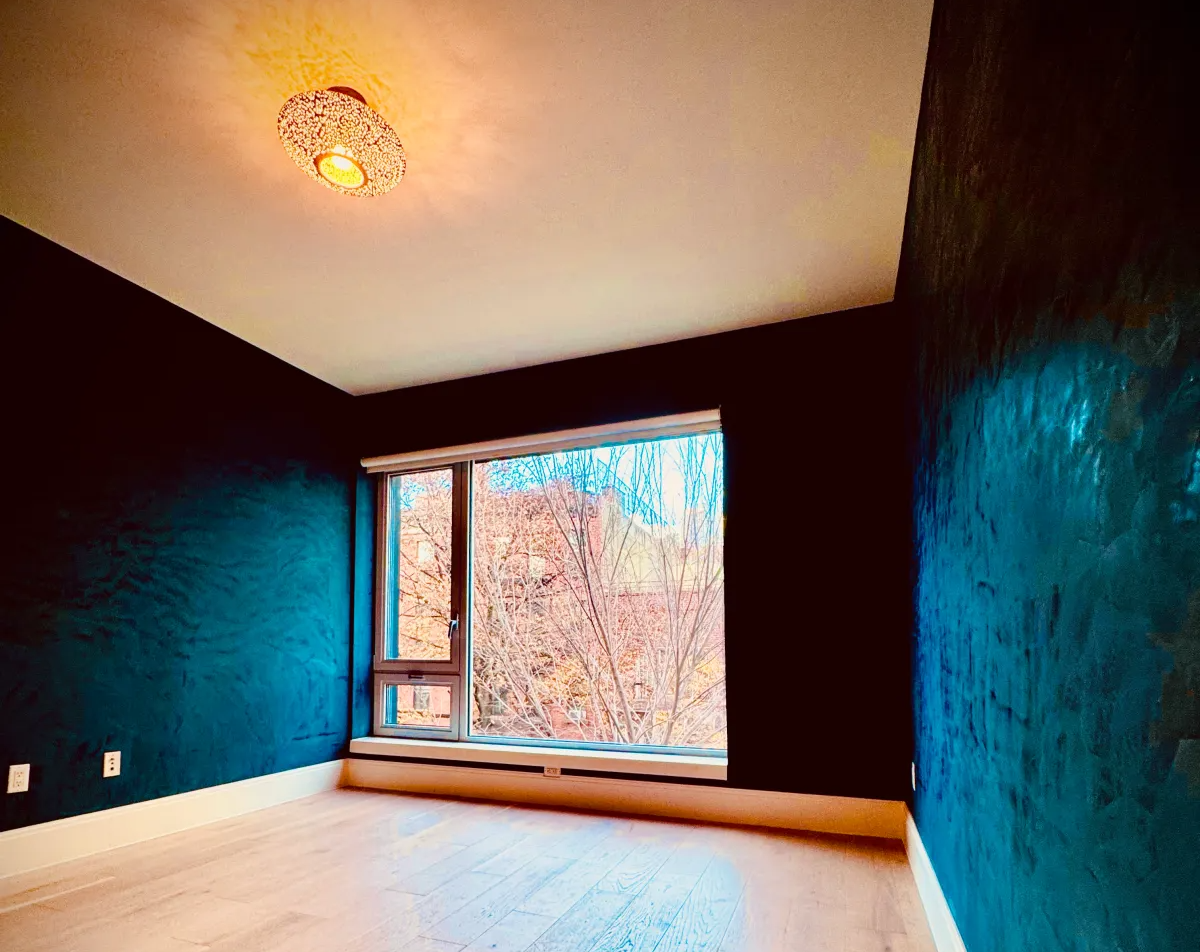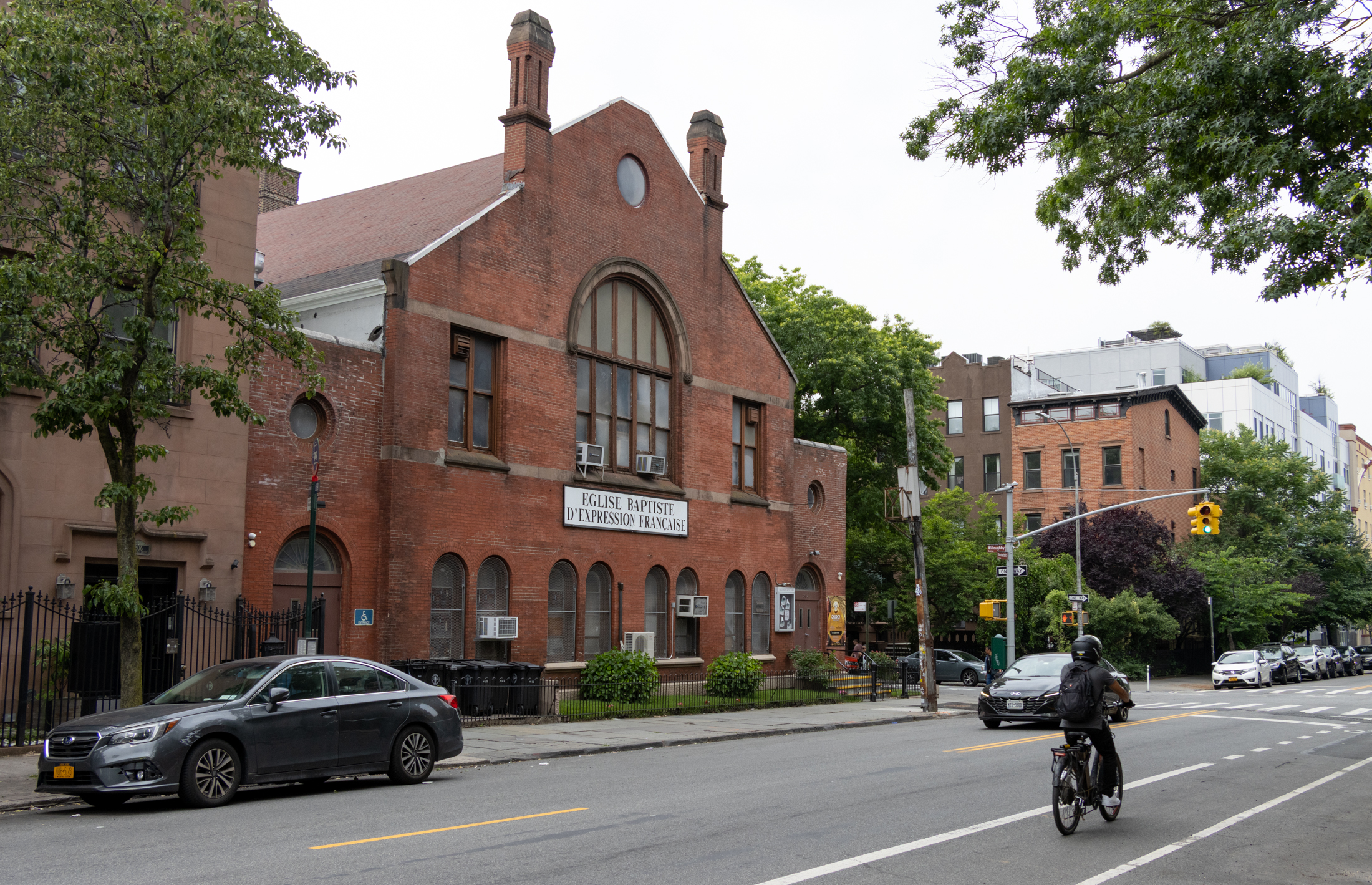Price Cuts at 357 Dean Street
The six-story, six-unit new development at 357 Dean Street (dubbed Green on Dean) hit the market last winter and has managed to get two units in contract so far, not bad given the market. In an effort to nudge the sales process closer to the finish line, prices at the remaining four units have just…

 The six-story, six-unit new development at 357 Dean Street (dubbed Green on Dean) hit the market last winter and has managed to get two units in contract so far, not bad given the market. In an effort to nudge the sales process closer to the finish line, prices at the remaining four units have just been trimmed by between 3 and 7 percent. Enough to get buyers off the fence? That remains to be seen.
The six-story, six-unit new development at 357 Dean Street (dubbed Green on Dean) hit the market last winter and has managed to get two units in contract so far, not bad given the market. In an effort to nudge the sales process closer to the finish line, prices at the remaining four units have just been trimmed by between 3 and 7 percent. Enough to get buyers off the fence? That remains to be seen.
357 Dean Street Hits the Market [Brownstoner] GMAP
Development Watch: 357 Dean Street [Brownstoner]
House of the Day: 357 Dean Street [Brownstoner]





The apts are REAL nice inside, if you like modern. But that corner and block is one of the worst 4th ave corners in that area. Prices are way too high. The 1st floor apt’s back yard is amazing though.
I saw a 50% sold sign in one of the windows this weekend.
Lechacal, let’s not call people “stupid” without exploring their motivations/thought processes. “Green” is not “meaningless,” it’s just one aspect of influencing our choices. The fact is that people will take vacations and people will move homes (and if the development of higher-density buildings means a growth in the housing stock, it’s actually more environmentally friendly to *not* “stay in your home” and allow more people to move to/live in New York City, which has the lowest per-capita energy consumption and carbon footprint of any U.S. city), and organic and LEED certification is but one part of figuring out where to draw the line in the sand (if we didn’t draw that line, we’d have to cut out all taxis, flights, plastic, etc.). While I agree that some LEED certification points are silly (e.g., a point bike rack), at some point, you have to put in some fairly legitimate building practices/materials to get a LEED Gold; “greener” design, particularly in HVAC units, seems to have a significant impact on the quality of a resident’s life (e.g., http://www.nytimes.com/2009/05/11/nyregion/11bigcity.html).
I think we can both agree that, like “organic,” “green” is heavily abused by commercial interests. LEED certification may require independent verification, but plenty of developers just use the “green” adjective as a marketing gimmick. I do hope that most people see through the bamboo floors (high water usage, shipping from Asia, etc.), Energy Star appliances (what isn’t Energy Star certified these days), and green roofs (just paint the roof white) for what they really are.
“Green” building, like “organic” food, is a way to market a mostly meaningless distinction to mostly uninformed humans.
If you want to be “green”, stay in your current home and skip your next vacation to Europe.
And don’t bother reaching for the “organic” produce that was grown by depleting an aquifer and shipped from California. Reach for stuff that comes from upstate and was grown with good old 10-10-10 chemical fertilizer.
But people pay for it, so builders build it and farmers grow it. I guess there still isn’t a cure for stupid. Sigh.
still way too expensive!